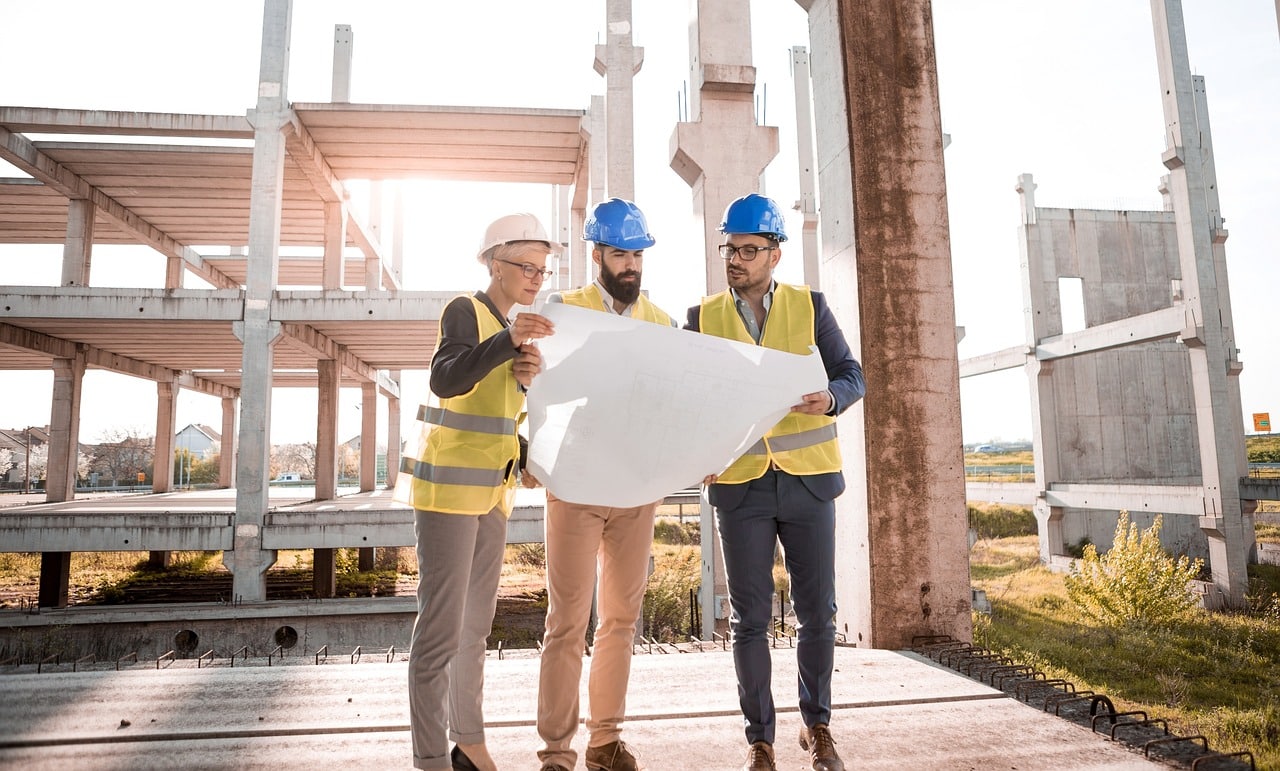The advent of drones, also known as unmanned aerial vehicles (UAVs), has radically transformed various industries. One sector that has witnessed significant benefits from these innovative machines is construction. The integration of autonomous drones into construction processes has dramatically altered the industry’s landscape, enhancing efficiency, safety, and data accuracy. This article delves into the significant ways drones are reshaping the construction industry, specifically focusing on aspects such as safety, site inspections, aerial mapping, and monitoring.
Enhancing Safety on Sites
In the construction industry, safety is paramount. Workers are often exposed to dangerous situations, including working at heights, near heavy machinery, and in areas with precarious structures. Drones have proven to be instrumental in enhancing safety on construction sites.
A lire en complément : MyImageGPT: create, and marvel
Drones can access areas that are potentially hazardous to humans, such as unstable structures, high-rise buildings, and areas with toxic materials. By doing so, they minimize the risk exposure of workers, preventing injuries and potentially saving lives.
The ability of drones to conduct real-time monitoring also elevates safety measures. They can provide live feeds of the entire construction site, enabling site managers to identify potential hazards promptly and rectify them before they escalate into serious accidents. The real-time data generated by drones also aids in creating more effective safety training materials for construction workers, thus further enhancing overall site safety.
Dans le meme genre : What is the impact of AI on biodiversity conservation efforts?
Revolutionizing Site Inspections and Surveys
Traditionally, construction site inspections and surveys have been time-consuming, labor-intensive, and costly affairs. Not only do they require significant manpower, but they also often necessitate specialized equipment. However, the integration of drones into the industry has revolutionized these processes.
Autonomous drones equipped with advanced imaging technologies can conduct comprehensive site inspections with remarkable speed and accuracy. They can quickly cover large areas, capturing high-resolution images that provide detailed insights into the site’s conditions. The data collected can then be utilized to identify any potential issues, such as structural flaws, and address them promptly.
Moreover, drones can perform aerial mapping and 3D modeling of construction sites. This data is invaluable for project planning and management, as it allows for precise measurements, accurate planning, and efficient allocation of resources.
Streamlining Project Management
In the realm of project management, drones are proving to be invaluable tools. Their ability to capture real-time data from various vantage points provides a holistic view of the construction project, aiding in effective decision-making.
For instance, drones can monitor the progress of a construction project, providing regular updates on the status of different tasks. With this data, project managers can identify any delays or issues in real-time and take immediate corrective actions. This can significantly improve the project’s overall timeline and reduce potential costs associated with project delays.
Moreover, the data collected by drones can be integrated with other advanced technologies such as Building Information Modeling (BIM). This combination provides a powerful tool for project managers, enabling them to visualize the project’s progress against the planned timelines and make necessary adjustments to ensure the project stays on track.
Improving Infrastructure and Asset Monitoring
The use of drones extends beyond the construction phase. Once the infrastructure is in place, drones can be employed to monitor its condition and perform regular inspections.
Drones can efficiently inspect large infrastructures like bridges, towers, and buildings, identifying any signs of wear and tear or structural damage. This is especially beneficial for structures that are difficult and risky for humans to access. By identifying potential issues early, it is possible to carry out maintenance and repairs before the problems become severe, thus prolonging the infrastructure’s lifespan and avoiding costly repairs.
Further, drones can be used to monitor construction equipment and machinery. By conducting regular inspections, they can identify any malfunctioning or worn-out parts, enabling timely maintenance and preventing sudden breakdowns. This not only extends the lifespan of the equipment but also contributes to the safety of the workers operating them.
In the era of rapid technological advancements, autonomous drones continue to play a pivotal role in transforming the construction industry. By enhancing safety measures, streamlining project management, revolutionizing site inspections, and improving infrastructure monitoring, they significantly contribute to making the industry safer, more efficient, and more cost-effective.
Cutting-Edge Data Collection and Analysis
With the growth of autonomous drones in the construction industry, cutting-edge data collection and analysis have become a reality. The power of drones lies in their ability to capture high-resolution aerial images and videos, which can be processed and analyzed in real-time.
Equipped with sophisticated sensors and cameras, drones can collect a wealth of data from construction sites, ranging from topographical data, volumetric measurements, thermal readings, and more. This data provides a thorough understanding of the site, enabling construction companies to plan and execute projects more efficiently.
Moreover, drones can be programmed to follow specific flight paths and capture data from precise locations, ensuring consistent and accurate data collection. This is particularly beneficial in large-scale construction projects where manual data collection can be time-consuming and prone to errors.
The real-time data collected by drones can be seamlessly integrated with other technologies like Geographic Information Systems (GIS) and Building Information Modeling (BIM), providing dynamic 3D models of the construction sites. These models can be used for various purposes, such as planning, decision making, and progress tracking, thereby enhancing overall project management.
Additionally, the ability of drones to collect data in real-time also helps in detecting and mitigating risks promptly. Construction managers can make informed decisions based on the live feeds provided by drones, thereby preventing potential accidents and ensuring the safety of workers.
Replacing Traditional Methods with Autonomous Drones
The integration of autonomous drones into the construction industry signifies a shift away from traditional methods of site inspection, surveying, mapping, and monitoring. The versatility and efficiency offered by drone technology greatly surpass the capabilities of traditional methods.
Conventionally, many tasks in construction required human intervention, which not only increased the risk of accidents but also consumed considerable time and resources. However, with the advent of autonomous drones, many of these tasks can now be performed remotely, with greater accuracy and efficiency.
For instance, aerial inspections which once required scaffolding or cranes can now be easily carried out by drones equipped with high-resolution cameras. Similarly, traditional surveying and mapping that involved manual measurements and calculations can now be done in a fraction of the time using drones, with far greater precision.
Moreover, drones also bring a new level of transparency to construction projects. Stakeholders can monitor the progress of the project in real-time, thanks to the live feeds provided by drones. This not only aids in decision making but also instills a sense of accountability among the project team, ensuring that the project is executed as per the planned timeline.
Conclusion
The rise of autonomous drones has undoubtedly revolutionized the construction industry. These unmanned aerial vehicles have streamlined construction processes, enhanced safety measures, and replaced traditional methods with more efficient and cost-effective alternatives.
The integration of drone technology into construction practices has not only increased the efficiency of data collection and analysis but also improved project management and infrastructure monitoring. With high-resolution imaging, real-time monitoring, and sophisticated data analysis capabilities, drones are set to redefine the future of the construction industry.
However, the full potential of drones in construction is yet to be discovered. With continuous advancements in technology and wider acceptance across construction companies, the role of drones in construction is only going to get bigger and more impactful. The future of construction lies in the hands of these autonomous drones, ready to take the industry to unprecedented heights.











